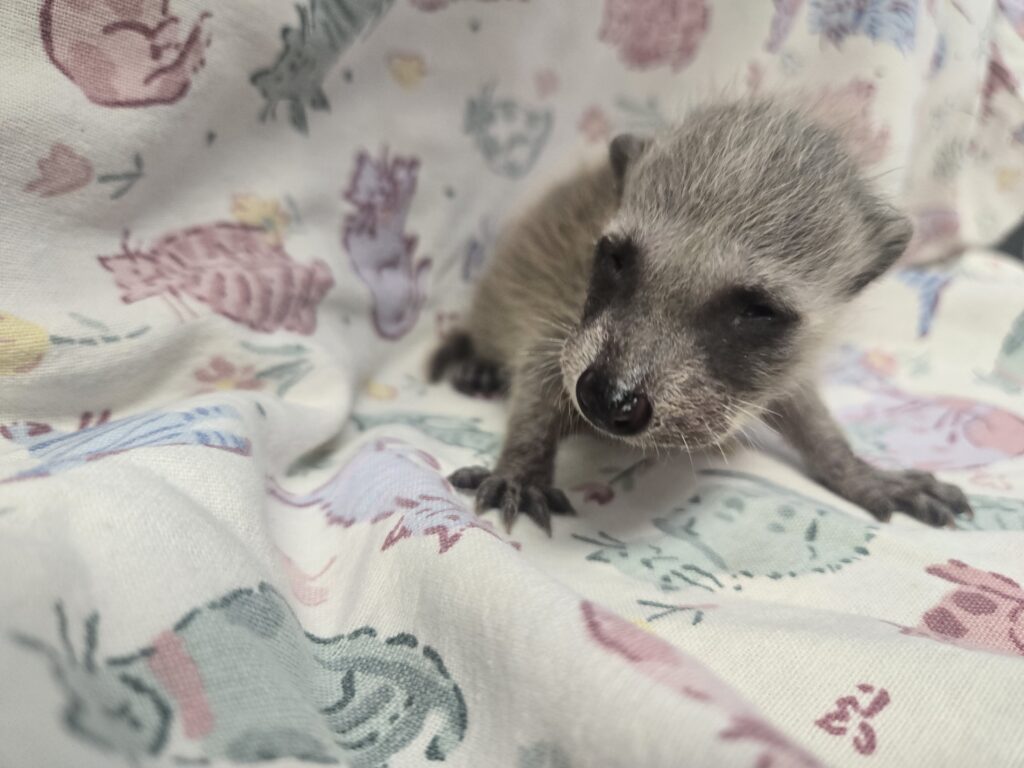April 4, 2025
STOP!
And think before you scoop up that baby wild animal! I know it can be tough to see a baby animal by themselves, but sometimes it is best to leave them be. Winter made a surprise return this week, but as the weather warms and snow melts, you’ll likely see more wildlife out and about — knowing when to intervene and when to admire from afar will help you coexist with your wild neighbours. For example, it is normal for mother rabbits and deer to leave their young alone for the whole day. On the other hand, if you find a single baby skunk or groundhog, they always needs help. We have some quick, shareable tips available on social media to help out and our friends at Rideau Valley Wildlife Sanctuary (RVWS) have species-specific information about helping baby wildlife.
Each year, we receive approximately 1,400 sick, injured and orphaned wild animals at the OHS. Ottawa By-law and Regulatory Services officers and members of the public deliver these animals to the shelter.
Often, rehabilitation is not an option for wild animals who are vulnerable enough to be caught and brought to the OHS, but whenever possible, we work to transfer suitable animals to our partners in wildlife rehabilitation.
Recently, we were able to work with RVWS to transfer a baby raccoon for rehabilitation. The raccoon was found in a fireplace and there was no sign of their mother — a clear case that the raccoon needed help. By-law brought the animal to the OHS, and we collaborated with RVWS to secure the raccoon a happy future.
Working with partners like RVWS and our caring community, we’re able to weave a safety net for Ottawa’s animals and make more second chances possible. There are also ways the community can help protect wildlife and prevent unwanted encounters.
Keep dogs on leashes.
Dogs can seriously injure wild animals. Unless in the safety and control of an off-leash dog park or an enclosed yard, keeping your dog on a leash protects wildlife and keeps your pet from having a bad encounter with a porcupine.
Keep cats indoors.
Roaming cats can have an impact on local bird populations and small rodent populations, and can also fall prey to predators. Keeping your cat indoors unless supervised on a leash and harness or in the safety of catio will keep your cat safe and protect wild animals.
Secure waste and food sources.
Garbage bins, compost piles, and pet food left outdoors can attract wildlife, leading to potential conflicts. Secure these sources to discourage wildlife from venturing too close to areas frequented by pets. Put out garbage and recycling on the morning of pick-up, not the night before.
It takes a caring community to coexist with local wildlife, and you can help. Share what to do (and what not to do) when you see a wild animal and take steps to prevent unwanted encounters with wildlife.

Sharon Miko
President & CEO

